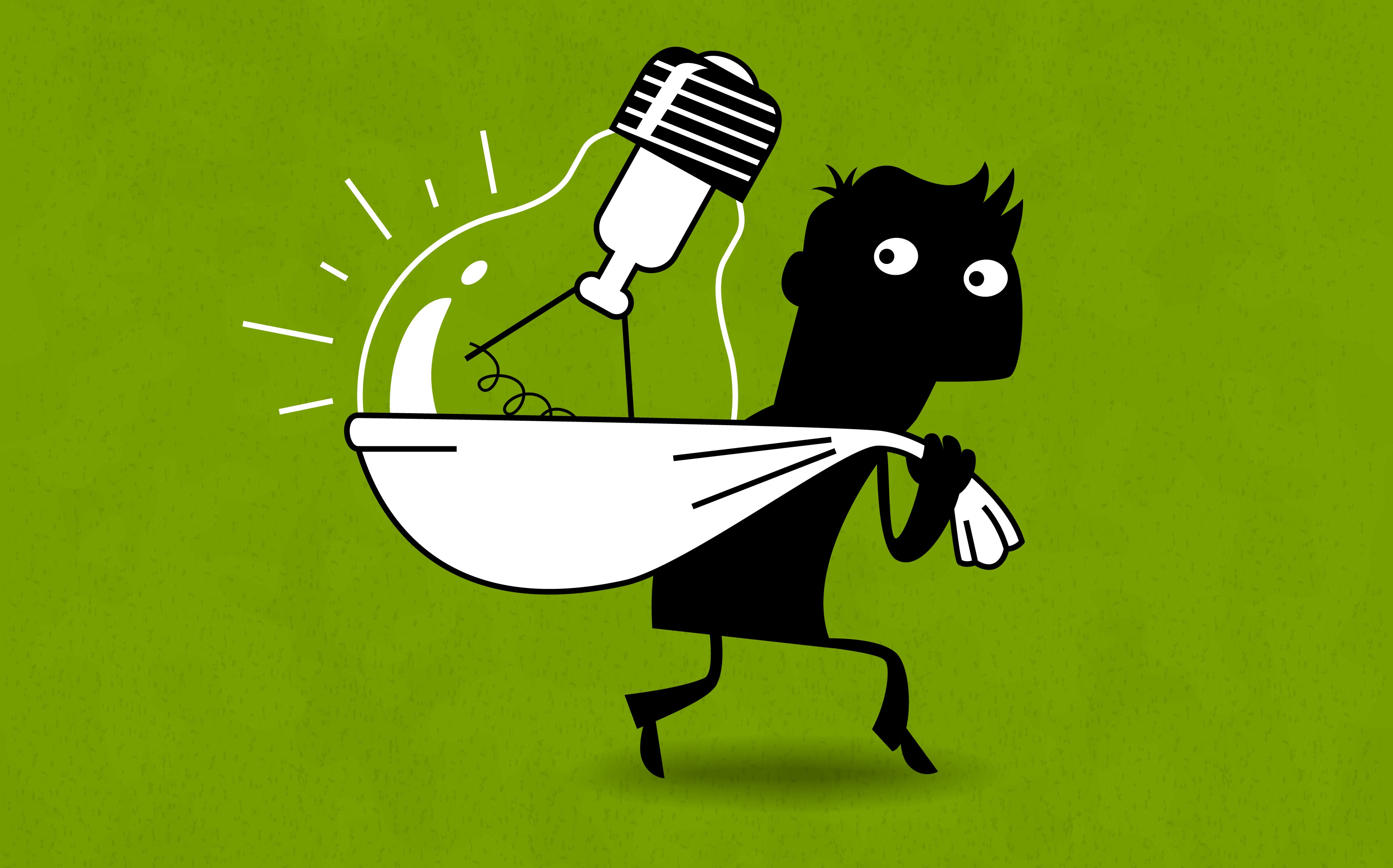

UPDATE: October 2024 – Intellectual Property (IP) Crime in Europe, joint report by EUIPO and EUROPOL
Christmas is only a few weeks away! Now is the time for including gifts for your loved ones to your shopping lists. But as you browse through busy stores or infinite lists of products online looking for bargains, do not let the sweet vapours of mulled wine dull your senses. As the EUIPO and EUROPOL recently highlighted in a joint report published on 23 October 2024 on the ecosystem of Intellectual Property (IP) crime, counterfeit goods keep finding their way to our shelves and represent a staggering 5.8% of EU trade. The report sheds light on how much IP crime remains a threat to European consumers, how it is enabled, and how its impact could be mitigated.
- The scale of the threat
According to EUROPOL and the EUIPO, IP crime can be defined as “theft, infringement and unauthorised use of intellectual property”. Criminal activity of this nature is not new and seems to be flourishing to this day: during the year 2022 alone, an estimated 86 million items infringing intellectual property rights were seized on EU territory for an overall value of over EUR 2 billion. Toys, cigarettes and DVDs were the most commonly seized items, but cosmetics, food products, pharmaceuticals and virtually every other category of goods is concerned. As a result, IP crime represents a serious risk both for consumers’ health and for the EU’s economy as a whole.
Disturbing examples according to the report:
- Counterfeit tobacco products worth EUR 17 Million were seized in France alone
- 260,000 litres of counterfeit olive oil were seized, unfit for consumption and posing a public health risk
- A Chinese money-laundering network was able to smuggle EUR 1 Million daily with proceeds from counterfeit goods trafficking
- Banned pesticides were smuggled and used in protected areas, putting the environment and public health at risk
- Key findings and ideas
Interestingly, despite the potential health hazards of counterfeit goods, the report identifies the consumers’ own behaviour as one of the main drivers of the development of IP crime in the EU, if not the most important one. Consumer demand for low-priced items is currently high, due in part to the ongoing trend of the cost of living steadily increasing. Widespread access to internet, frequent use of social media and the rise of online influencers act as a catalyst to the sale of IP-infringing items by facilitating the coming together of consumers in search of cheap products and those in a position to offer them. As an example, a clandestine laboratory confectioning illegal anabolic steroids was dismantled in 2023, after social media influencers in Romania with popular dietary and nutrition channels promoted the drugs directly to their communities.
On the “sellers’” side, IP crime is now mostly driven by large, professional criminal networks operating not only in the EU, but on a global scale. Ingenious ways of acquiring, smuggling, transporting and retailing IP-infringing products are conceived in all parts of the world and implemented by groups with experience in other criminal activities, such as the forging of false documents (for instance, fake certificates to deceive consumers as to the origin of the goods to the detriment of Geographical Indication holders) or money laundering. Here too, innovation allows for profit, as cryptocurrencies are frequently used as means of payment for counterfeit commodities. To make matters even more complex for law enforcement authorities, real, legal instruments are abused to give criminal enterprises the appearance of legitimacy.
Overall, the report concludes that more law enforcement and judicial action is warranted in the fight against IP crime. Even more importantly, raising awareness of the general public to the dangers of IP crime and the sheer scale of the problem is a priority, as understanding and mitigating risks associated with counterfeit purchases is crucial for our wellbeing. So, if Santa Claus reads this, please be careful about what you put under the Christmas tree this year.
- Useful links
For more information on the EUROPOL and EUIPO report, please visit the following links:
Related
- "Neuschwanstein" is not a trademark!
- 1 December 2017: Madrid Monitor takes its place as the one and only tool for tracking international trademarks
- 1 January 2020 - Changes in Classifications - Trademarks, Designs, Patents and Utility Models
- 100th Anniversary of Bavaria (Germany) - A glance at trademarks, start-ups, innovation & events
- 10th Anniversary Edition - 10 Things to Know about LexDellmeier - Past, Present & Future
- 14 June 2013: Munich Patent Law Conference - Calculating Damages in Patent Infringement Cases
- 15 Top Brands - Interactive Brand Rating - Years 2000 - 2018
- 15 Years LexDellmeier - 2024 New Year Wishes
- 2014: Statistics for Community Trademarks
- 2024 World IP Day - Building Our Common Future with Innovation and Creativity
